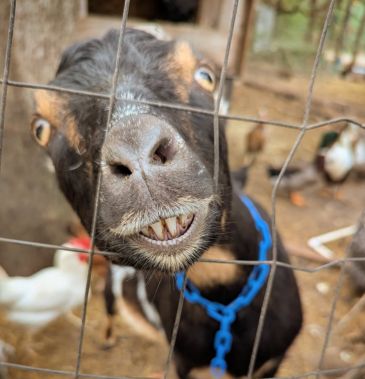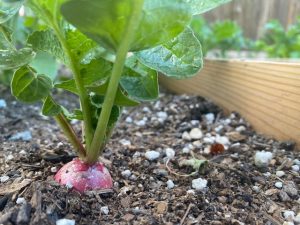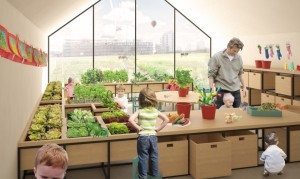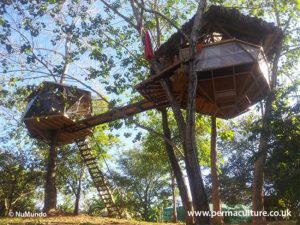The Homestead Guru
We share what we are passionate about.
We help you unleash the guru, inside you.
The Homestead Guru was a project born by people who love talking about and trying practical solutions. We have hundreds of articles on all things practical and have built a sort of community over the years for those who want to learn and grow along with us.
Here we aren’t here to be your gurus. We are here to help you learn how to be your own guru, while we become our own gurus. Thank you for being here.


Years of Growth


Featured Posts
The Latest and Greatest

Special Report – Kratom Under Attack: the FDA Strikes Again
Written by: John Bush, CEO MyBraveBotanicals.com With the opioid use on the rise in the United States, more and more Americans are turning to kratom

Solar – Next Generation Off Grid Communities
There’s nothing like upgrading to solar from using a generator! The FREEDOM! Ranch is well on its way to becoming self sustainable. Adam Kokesh and

How to Build a Pallet Garden in Three Simple Steps
Pallet gardens are a simple, fun, and efficient way to start or expand your garden. Children love participating in this DIY project as well. The

DIY Hydroponic A-Frame Build: Grow 168 Plants in a 6′ X 10′ Space
Hydroponic systems sound like something only expert level gardeners would work with, but luckily we are living in the age of information, and we can

Self-Sustainable Lifestyles are Becoming Illegal
Across the U.S. local zoning officials are making it increasingly difficult for people to go off-grid and live self-sustainable lives. Building tiny homes, harvesting rainwater,

The Rise of Planetary Entrepreneurship
Our work culture is undergoing a profound transformation. Approximately 33% of working Americans have ditched their day jobs to become self-employed. They likely worked overtime

CBD Miracle: Autistic Child Speaks for First Time Ever After Trying CBD Oil
The miracle of CBD oil is realized in the case of a 9-year old boy whose family says his inability to speak has been cured

What to Plant in August: The Most Successful Crops for Zones 5-7
What to Plant in August The growing season is well underway and you have probably already harvested much of what you planted this spring. If

Monarch Migration 2019: Record Breaking Numbers in Mexico!!
Monarch Migration Watch: Last month we shared about how Monarch Butterflies have been migrating south in record numbers but in reality that was just an

Innovative Preschool Combines Urban Farming and Nursery Education
Gardening preschool? As a homesteading parent that also unschools (child led life-learning), I know just how educational time in the garden can be. Recently, we

When to Get Away – How Time in Nature Can Transform Your Life
What if your next vacation could be transformational, too? Retreats and intensive courses are valuable experiences, but most participants still want to feel like they

DIY Deodorant that Doubles as TOOTHPASTE Recipe
Here it is–the ultimate minimalist life hack: Deodorant that doubles as toothpaste! Okay, it might sound crazy, but actually, you can do an awful lot



